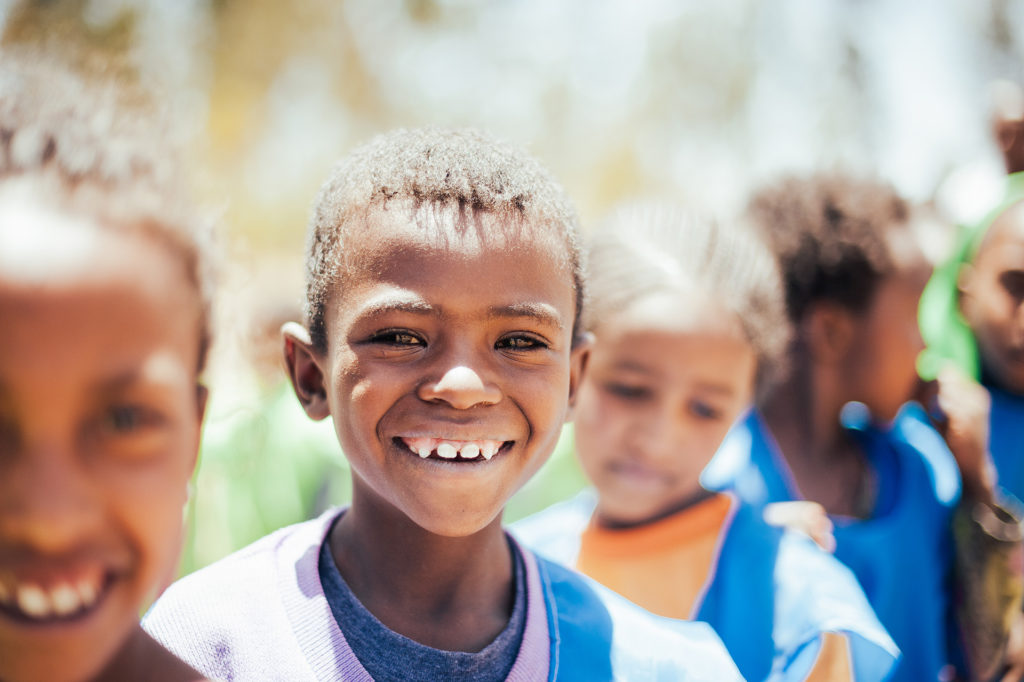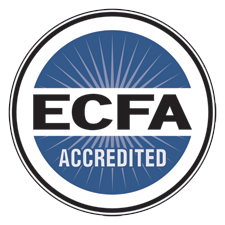Maybe you’ve seen it. The big mission trip bus filled with Americans on foreign soil throwing candy at children as they run alongside, catching the candy and begging for more. Everyone is laughing and smiling…but maybe somewhere deep down you feel a familiar twinge in your gut. Something about this feels a little off.
What’s wrong with this picture?
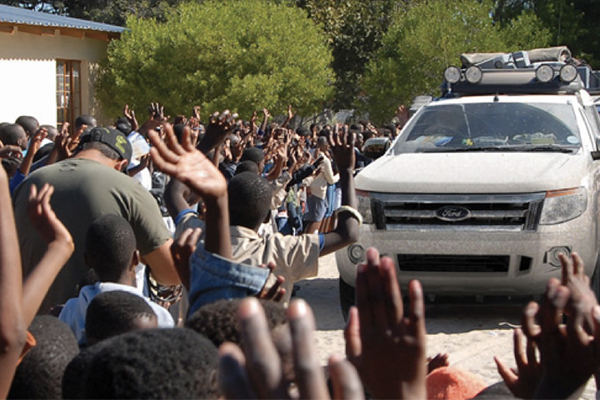
The big issue with that picture is the lack of dignity. It unintentionally supports a hand-out, beggar mentality and perpetuates imperial levels of power between the perceived haves and have nots. We must become acutely aware if our actions convey pity or compassion, freedom or oppression, empowerment or colonialism.
As an organization that sends 100+ teams to CarePoints around the world each year, Children’s HopeChest has strived to understand the ineffective solutions to eradicating poverty, the ways we get it wrong, and continually learn how to build effective partnerships that build up everyone involved. We’ve come to understand the things that hurt others, things like paternalism, treating the symptoms versus pinpointing the root causes of poverty, seeing only needs rather than assets, our intrinsic need for speed in development, and offering resources without relationship. The last thing we want to do is create more problems and dependency for the very people we’re trying to help.
In his book, Toxic Charity, Bob Lupton describes the spiral to dependency this way:
Give to a person once and you create appreciation.
Give to a person twice and you create anticipation.
Give to a person three times and you create expectation.
Give to a person four times and you create entitlement.
Give to a person a fifth time and you create dependency (p. 130).
Whether it’s throwing candy from a bus, or bringing bags of clothes to distribute every time you visit, if you’re not careful, your trips can do more harm than good.
As we’ve partnered with communities in the developing world, we’ve discovered some healthy engagement principles that have helped our partnerships thrive. First, we need to identify and support indigenous leadership. They know their own communities the best. Next, our CarePoints work to meet the holistic needs of orphaned and vulnerable children, from access to clean water and nutritious meals to emotional healing and spiritual development. Also, when looking at a program, our approach is asset-based, starting with the unique assets a particular community has to offer, rather than a one-size-fits-all mentality or focusing on what a community doesn’t have. Finally, our partnership is long-term, and we focus on a transformative relationship. Relationship and transformation takes time. Real change happens when it’s life on life and both communities are committed to each other.
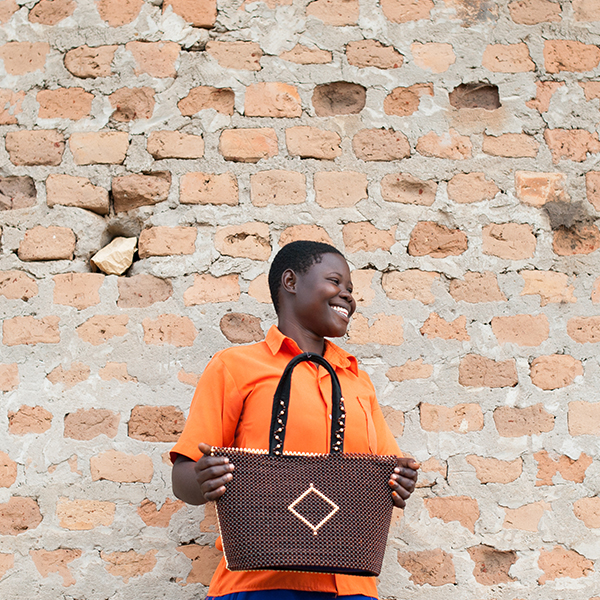 As we bring teams on mission trips to visit the communities with which they partner, we have some do’s and don’ts, most of which we’ve learned the hard way over the course of our ministry. We try to avoid giving hand-outs and bringing the extra bag of stuff from home that we pass out like some kind of fairy godmother. We also avoid doing things “for” the people with whom we’re partnering. We don’t want to take jobs away from people who can and will do them. And finally, we try to avoid cultural insensitivity, like taking photos at inappropriate times or shoving our own way of doing things onto others. We let the indigenous staff take the lead. Any time a US group comes into a community and begins to take over or distribute lots of ‘stuff’, it can create a higher level of risk for the community it wants to help. Even though the intentions may be good; we don’t want to make the community we support a target and more vulnerable.
As we bring teams on mission trips to visit the communities with which they partner, we have some do’s and don’ts, most of which we’ve learned the hard way over the course of our ministry. We try to avoid giving hand-outs and bringing the extra bag of stuff from home that we pass out like some kind of fairy godmother. We also avoid doing things “for” the people with whom we’re partnering. We don’t want to take jobs away from people who can and will do them. And finally, we try to avoid cultural insensitivity, like taking photos at inappropriate times or shoving our own way of doing things onto others. We let the indigenous staff take the lead. Any time a US group comes into a community and begins to take over or distribute lots of ‘stuff’, it can create a higher level of risk for the community it wants to help. Even though the intentions may be good; we don’t want to make the community we support a target and more vulnerable.
Those are the don’ts, but what about the do’s?
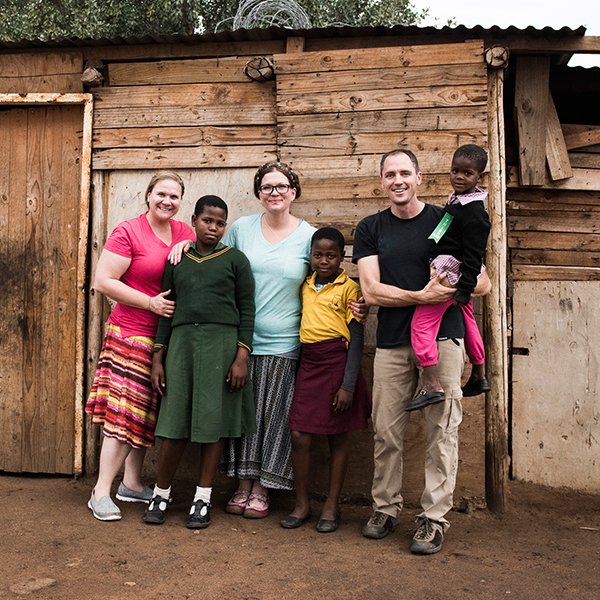
When we take trips, we focus on setting the stage for relationship. That is why we travel. On a Children’s HopeChest trip, you’ll learn about the culture you’re visiting, experience discipleship both ways, in a reciprocal relationship, and work alongside one another on projects, sharing your gifts and talents as equals and creating memories together.
By developing intentional long-term partnerships, valuing the indigenous staff with whom we partner, looking to local churches to create action steps, and approaching each step with accountability and planning, we’ve seen Community-to-Community partnerships flourish into life-giving relationships for all involved.
What are some things on mission trips that you would not do today? What are some things you’ve done on mission trips that are healthy and helped build strong relationships?

